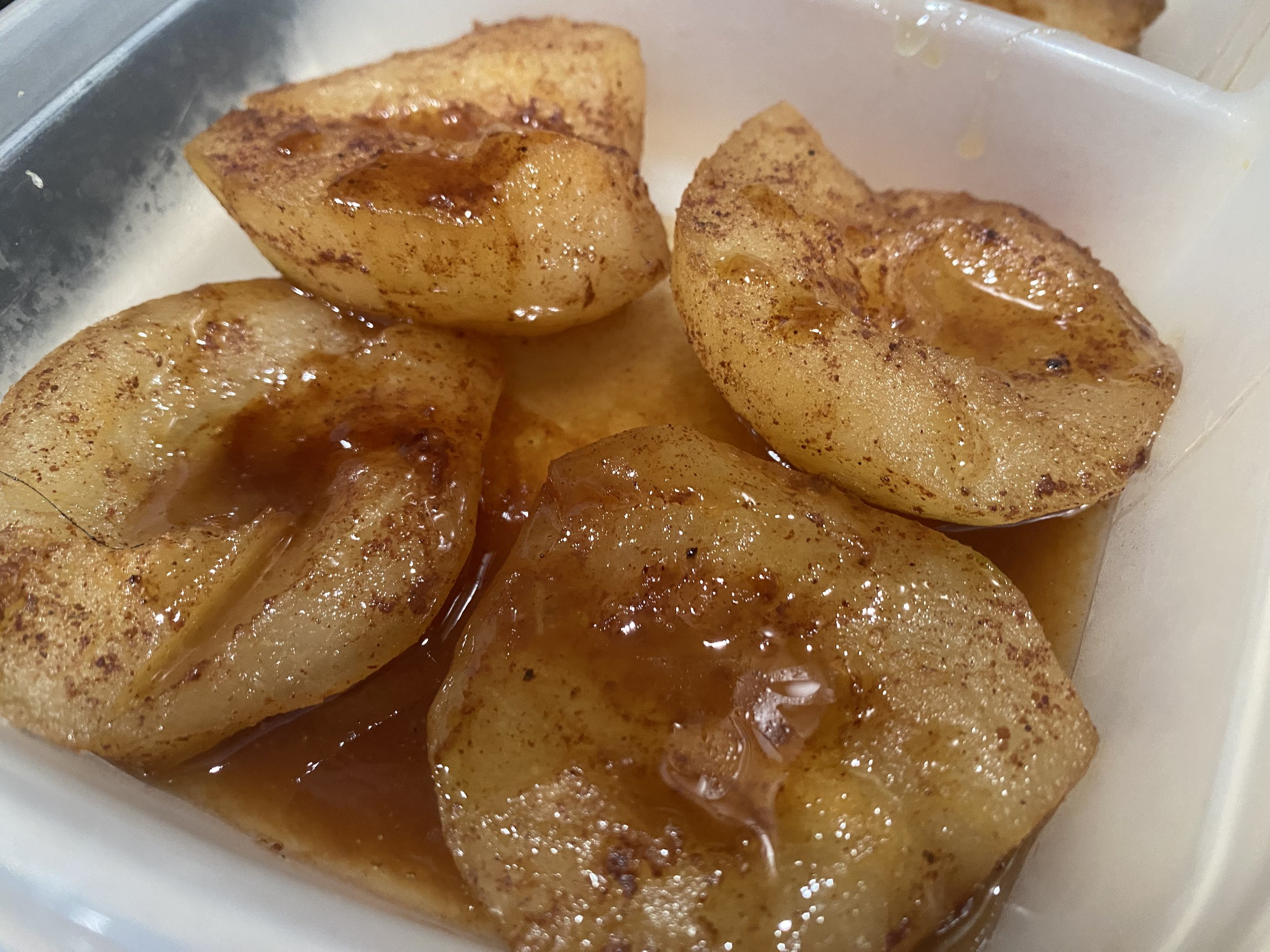The Food "Dirty Dozen"
/Strawberries once again lead the list of food “dirty dozen” so try planting your own. (Photo by Charlotte Ekker Wiggins)
The Food “Dirty Dozen”
For many years, the Environmental Working Group (EWG) has released an annual list of fruits and vegetables the group calls the Dirty Dozen. EWG's yearly Shopper’s Guide to Pesticides in Produce is based on test data from the U.S. Department of Agriculture (USDA). The group identified, according to a news release, which fresh fruits and vegetables contain the most and the least amount of pesticide residue.
Among the findings, the EWG concluded:
70% of nonorganic fresh produce sold in the U.S. had pesticides.
20 different pesticides were found in a single sample of the three leafy greens in the No. 3 spot.
115 pesticides — the highest amount — were found on bell peppers.
“Whether organic or conventionally grown, fruits and vegetables are critical components of a healthy diet,” said EWG toxicologist Thomas Galligan in a news release. “We urge consumers who are concerned about their pesticide intake to consider, when possible, purchasing organically grown versions of the foods on EWG’s Dirty Dozen, or conventional produce from our Clean Fifteen.”
Although the list has its detractors, I use the list as a guide of what I should try to grow myself and buy local so I know how the food has been raised. With an estimated 10 million new gardeners this past year, there’s an opportunity to get healthier versions by growing our own and buying local.
EWG's 2021 list of most contaminated fruits and vegetables includes:
Strawberries
Spinach
Kale, collard and mustard greens
Nectarines
Apples
Grapes
Cherries
Peaches
Pears
Bell and hot peppers
Celery
Tomatoes
At the same time, EWG's Clean 15 include:
Avocados
Sweet corn*
Pineapple
Onions
Papaya*
Sweet peas (frozen)
Eggplant
Asparagus
Broccoli
Cabbage
Kiwi
Cauliflower
Mushrooms
Honeydew melon
Cantaloupe
Only one in 10 Americans eat enough fruits and vegetables daily, according to the Centers for Disease Control and Prevention. The CDC recommends that adults eat 1½-2 cups of fruit and 2-3 cups of vegetables per day.
Alexis Temkin, Ph.D., EWG toxicologist, says the group advises that eating a diet that is high in fruit and vegetables, organic or conventional and including frozen and canned, should be a priority.
"There is increasing evidence that low dose chronic exposure to mixture of pesticides may have adverse effects on human health, particularly during sensitive windows of development like pregnancy and childhood," Temkin said.
EWG said it is aware that access and being able to afford organic is not always an option. That is why, they said, the group created its "Clean 15" shoppers guide.
While the EWG's list is based on USDA data, most pesticide residues detected fall within established government levels.
Well, a girl can have garden dreams, can’t she?
Charlotte











